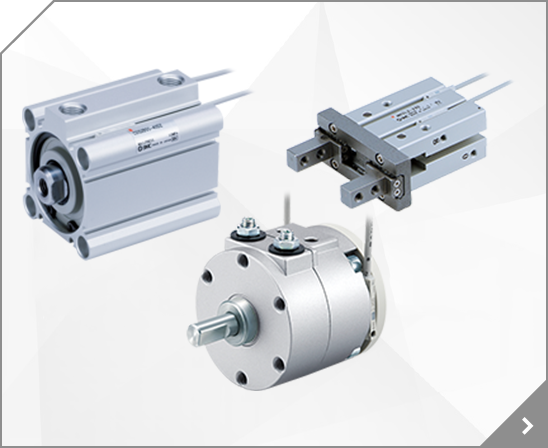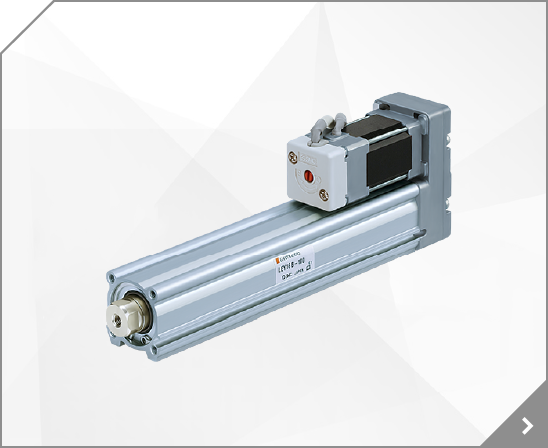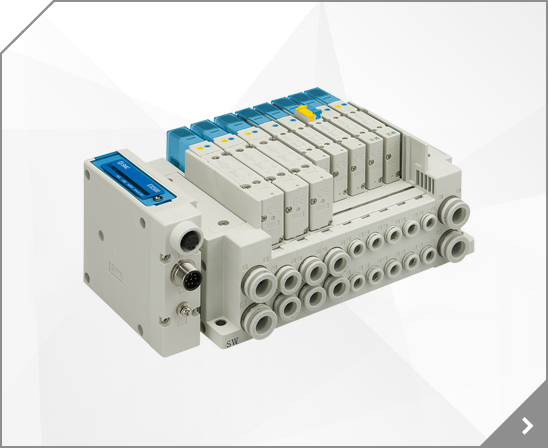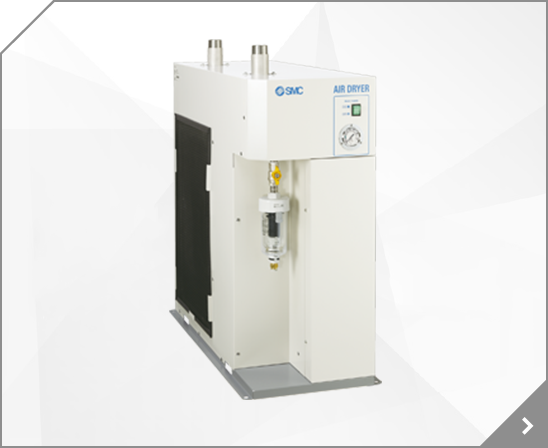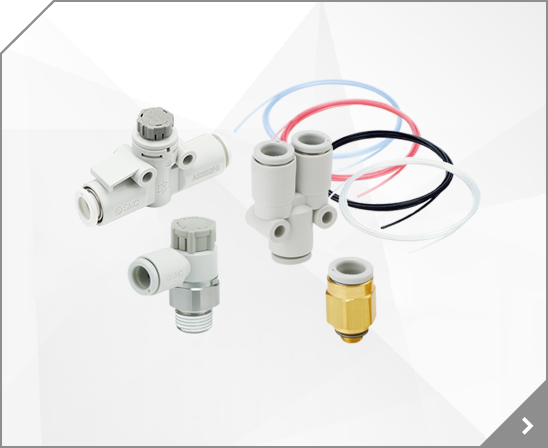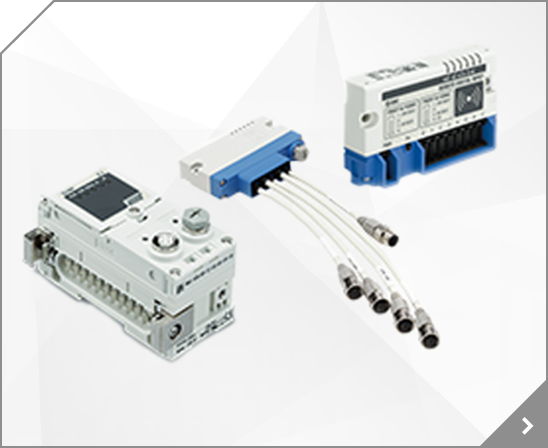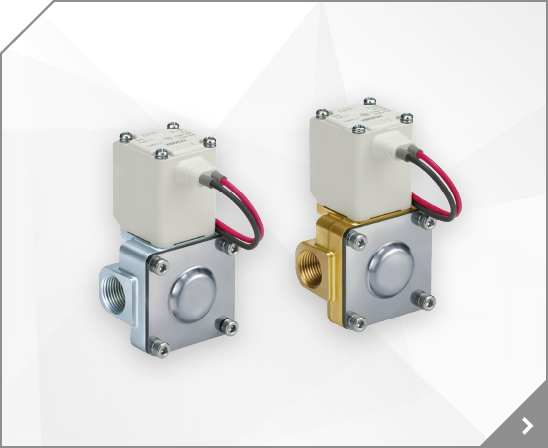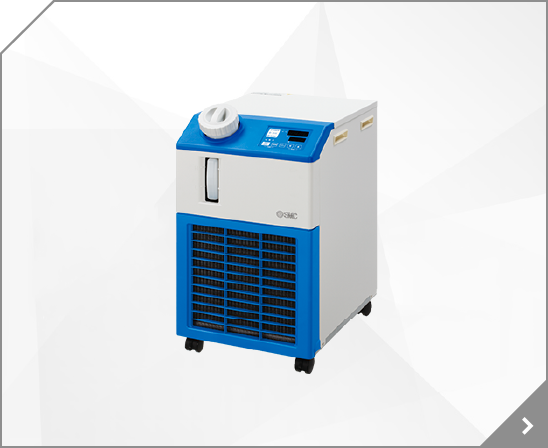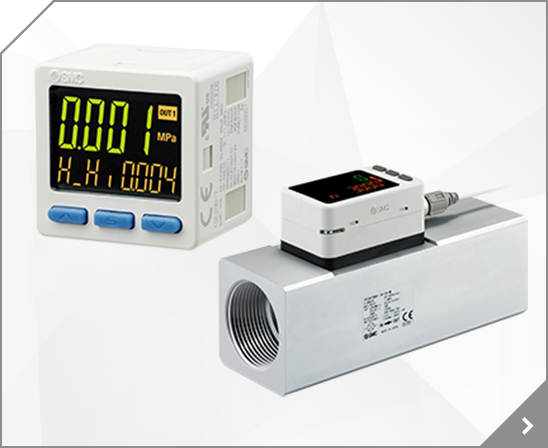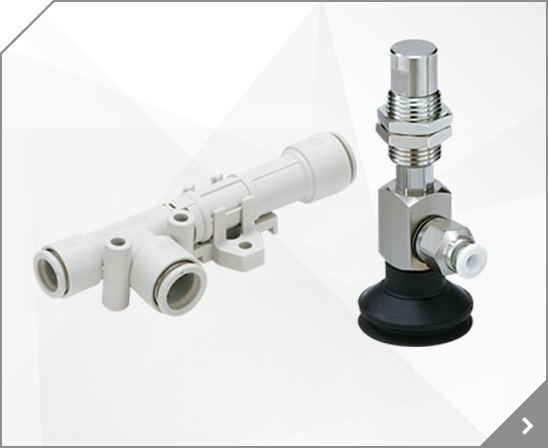
The standard air cushion utilizes a floating cushion seal to eliminate piston rod bouncing. The cushion volume has been elevated permitting about 30% more allowable kinetic energy absorption. The port and captive cushion adjustment valve are located on the same side of cap for heightened access.
The standard air cushion utilizes a floating cushion seal to eliminate piston rod bouncing. The cushion volume has been elevated permitting about 30% more allowable kinetic energy absorption. The port and captive cushion adjustment valve are located on the same side of cap for heightened access.
The standard air cushion utilizes a floating cushion seal to eliminate piston rod bouncing. The cushion volume has been elevated permitting about 30% more allowable kinetic energy absorption. The port and captive cushion adjustment valve are located on the same side of cap for heightened access.
The standard air cushion utilizes a floating cushion seal to eliminate piston rod bouncing. The cushion volume has been elevated permitting about 30% more allowable kinetic energy absorption. The port and captive cushion adjustment valve are located on the same side of cap for heightened access.
The standard air cushion utilizes a floating cushion seal to eliminate piston rod bouncing. The cushion volume has been elevated permitting about 30% more allowable kinetic energy absorption. The port and captive cushion adjustment valve are located on the same side of cap for heightened access.
The standard air cushion utilizes a floating cushion seal to eliminate piston rod bouncing. The cushion volume has been elevated permitting about 30% more allowable kinetic energy absorption. The port and captive cushion adjustment valve are located on the same side of cap for heightened access.
This is a legacy product. Please contact us for the latest version.sales@ocaire.com, "CYL, MB, TIE ROD CYLINDER, N lb
The standard air cushion utilizes a floating cushion seal to eliminate piston rod bouncing. The cushion volume has been elevated permitting about 30% more allowable kinetic energy absorption. The port and captive cushion adjustment valve are located on the same side of cap for heightened access.
The standard air cushion utilizes a floating cushion seal to eliminate piston rod bouncing. The cushion volume has been elevated permitting about 30% more allowable kinetic energy absorption. The port and captive cushion adjustment valve are located on the same side of cap for heightened access.
The standard air cushion utilizes a floating cushion seal to eliminate piston rod bouncing. The cushion volume has been elevated permitting about 30% more allowable kinetic energy absorption. The port and captive cushion adjustment valve are located on the same side of cap for heightened access.
The new style MGP has a shorter guide rod and thinner plate resulting in a weight reduction of up to 17% over the original MGP. The series is designed for high side load applications found in material handling, lifting and stopping. The cylinder utilizes an ultra-compact design by incorporating the cylinder body as part of the guide body.
The standard air cushion utilizes a floating cushion seal to eliminate piston rod bouncing. The cushion volume has been elevated permitting about 30% more allowable kinetic energy absorption. The port and captive cushion adjustment valve are located on the same side of cap for heightened access.
The standard air cushion utilizes a floating cushion seal to eliminate piston rod bouncing. The cushion volume has been elevated permitting about 30% more allowable kinetic energy absorption. The port and captive cushion adjustment valve are located on the same side of cap for heightened access.
The standard air cushion utilizes a floating cushion seal to eliminate piston rod bouncing. The cushion volume has been elevated permitting about 30% more allowable kinetic energy absorption. The port and captive cushion adjustment valve are located on the same side of cap for heightened access.
The standard air cushion utilizes a floating cushion seal to eliminate piston rod bouncing. The cushion volume has been elevated permitting about 30% more allowable kinetic energy absorption. The port and captive cushion adjustment valve are located on the same side of cap for heightened access.
The CM2 series offers a variety of mounting options and is auto switch capable. Direct mount: double acting single rod, Bore sizes: 20, 25, 32, and 40 *, Strokes from 25mm through 300mm, Mounts: direct to bottom or rront, Variety of switches and a variety of lead wire lengths, "Cylinder, CM2-Z, ROUND BODY CYLINDER, N lb
The CM2 series offers a variety of mounting options and is auto switch capable. Double acting double rod, Bore sizes: 20, 25, 32, and 40 *, Strokes from 25mm through 500mm, Mounts: basic, foot, flange, trunnion, With or without nylon or heat resistant rod boot, one or both sides, Variety of switches and a variety of lead wire lengths, "Cylinder, CM2-Z, ROUND BODY CYLINDER, N lb
Magnet: None, Mounting: B (Basic), Bore: 80mm, Thread: Rc, Stroke: 175mm, Rod Boot/Cushion: None (Rod Boot; Cushion, Both Ends)
Magnet: None, Mounting: F (Front Flange), Bore: 50mm, Thread: Rc, Stroke: 175mm, Rod Boot: None, Cushion: Air Cushion
Magnet: D (Built-in), Series: J2, Mounting: D (Double Clevis), Bore Size: 16mm, Stroke: 150mm, Action: T (Single Acting, Spring Extend), Head Cover Port Location: Perpendicular to Axis, Pivot Bracket: None, Rod End Bracket: None, Auto Switch: No Switch, Lead Wire or Prewired Connector: 0.5m (Or None in the Case of No Switch), Number: 2 pcs. (Or None in the Case of No Switch), Auto Switch
